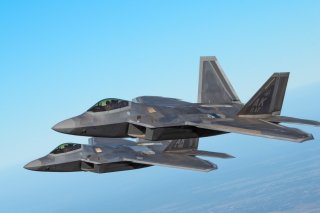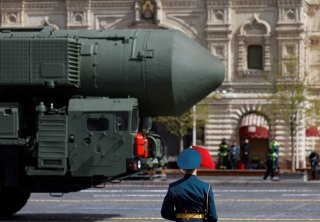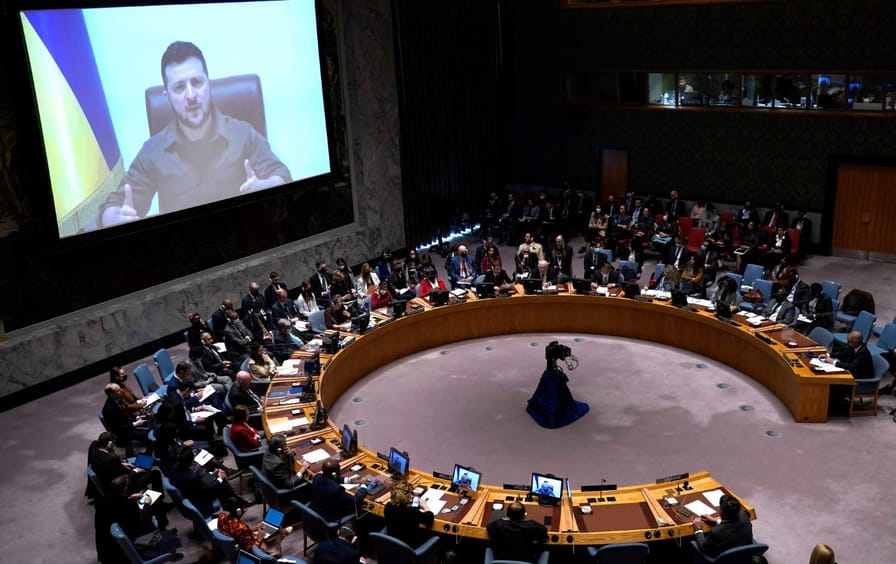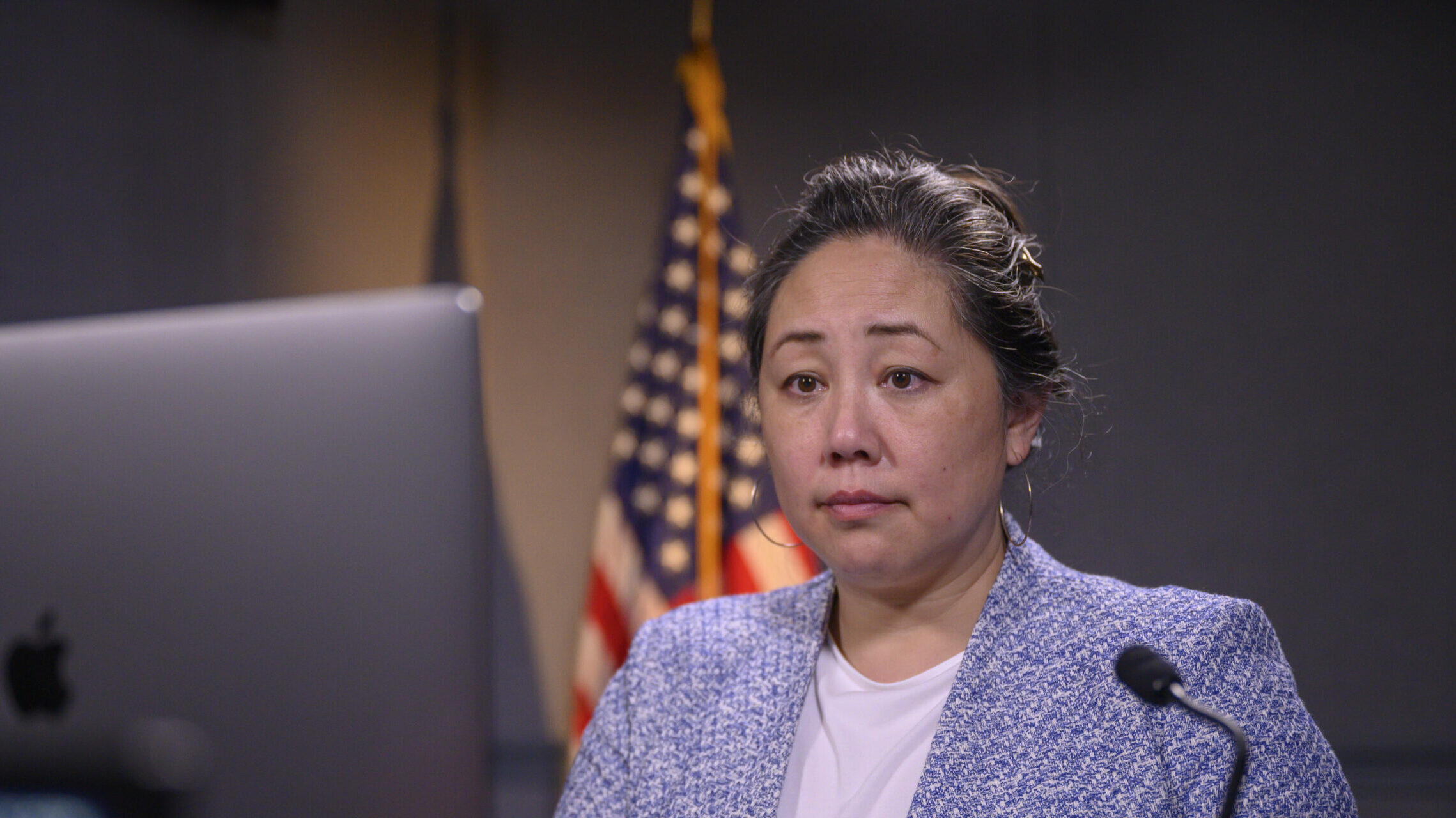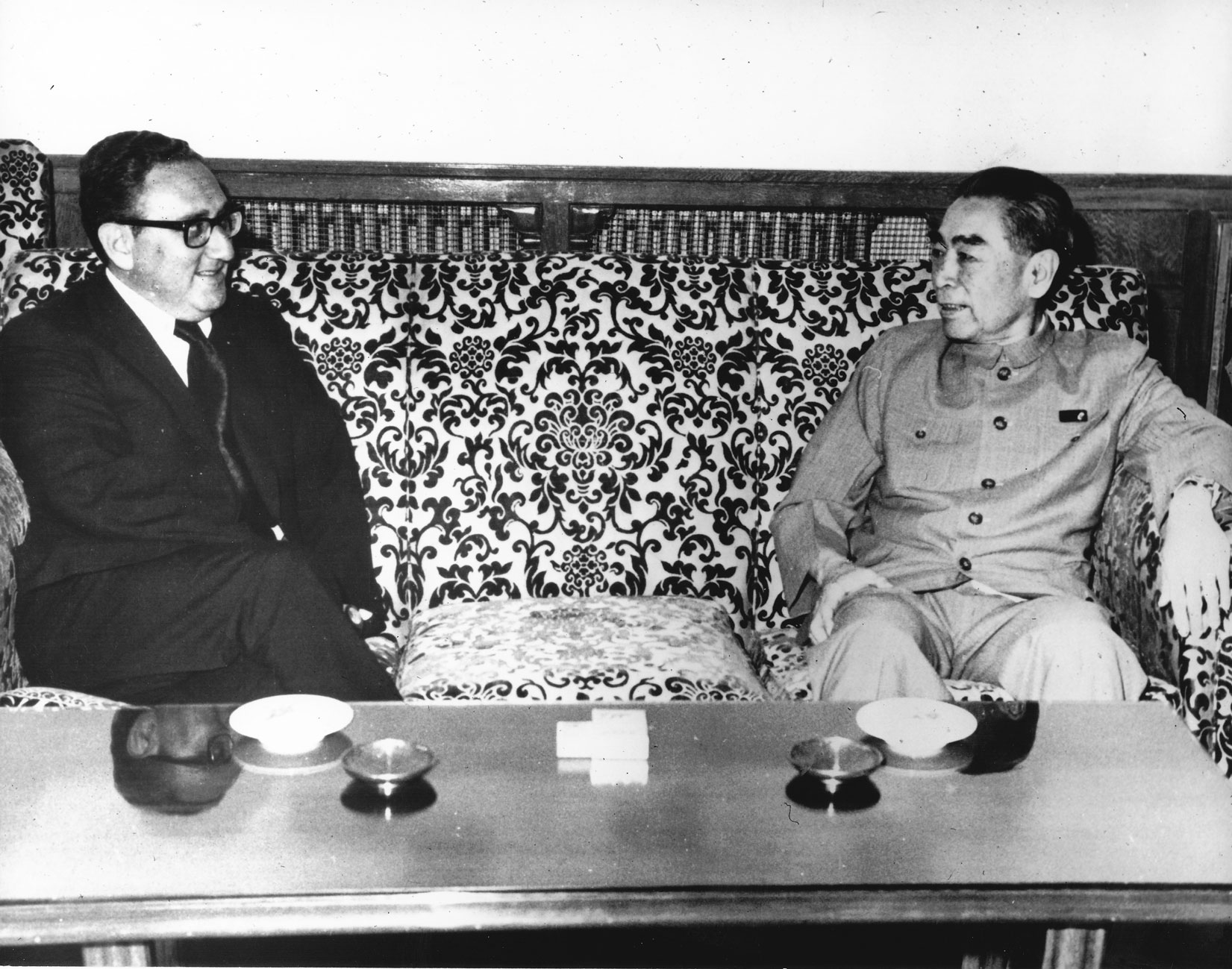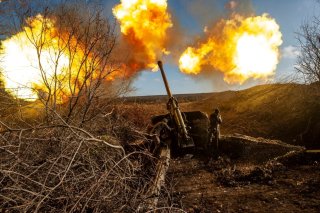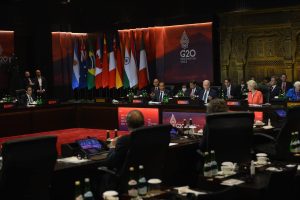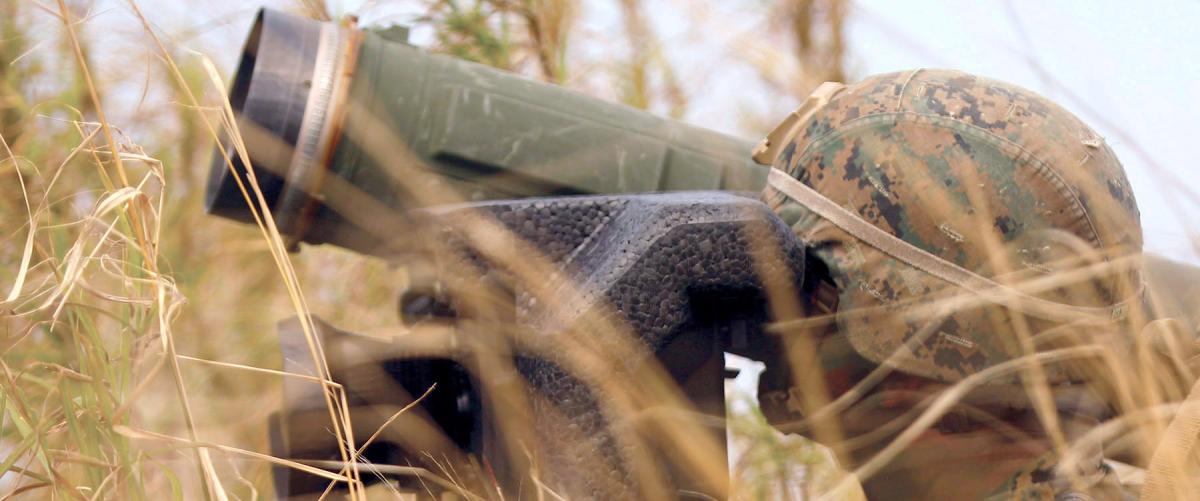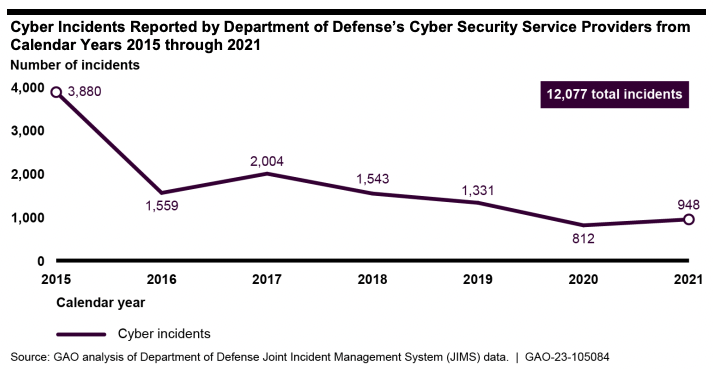Taylor Loeb, Johanna M. Costigan, Barclay Bram

When we consider the current and future economic impacts of China’s COVID policy, it’s important to look at how different levels of restrictions impact different segments of the economy.
At their most basic, the restrictions limit mobility. The farther one needs to go, the harder it is. Traveling internationally is prohibitively difficult. Domestic tourism hasn’t fared much better. During September’s Mid-Autumn Festival, tourism revenue stood at RMB 28.68 billion, down 22.8% year over year—and 60.6% of 2019 levels. The same metric was RMB 287.2 billion during the weeklong October National Week holiday, down 26.2% from last year—and 44.2% of 2019 levels.
When outbreaks do occur, non-essential gathering is the first casualty. Bars and nightclubs shut. Restaurants go takeout-only. After years of linear growth, the catering industry began to contract in 2020. In the first nine months of 2022, industry revenue was down 4.6% year over year.

